- Messages
- 11,069
- Location
- My mother's basement
You have to wonder if that type of monument will have the same type of impact a hundred years from now, after everyone who knew the people named, and the war the wall represents, have themselves died. There are a lot of Civil War and WWI obelisks and such with names on them, and when people look at them they see names -- without really a lot of sense that these were once actual people who walked the earth. And then they sit on the base of those monuments and eat their lunch.
This is what I mean about monuments being largely for the generation that erects them. A hundred years from now people will have their own tragedies to commemorate -- and the tragedies of a generation that they didn't know will just be something that happened once to somebody else.
Mortality denial is what we humans do. Gotta wonder if it's necessary to our mental stability. There's an argument that it's at the heart of all human progress, this combating the worst that nature can throw at us.
My biological father, the fellow who croaked when I was four months old, is buried behind a church in the Wisconsin countryside. The oldest graves there, the ones nearest the front, are adorned with markers inscribed mostly in German. Exposure to the elements for well over a century has some of those inscriptions all but erased. That's life. And death.
The indigenous people of the coast of British Columbia and Southeast Alaska deliberately left those elaborate (and spectacular, often) totem poles to succumb to the elements, over the generations. It was something of an acknowledgment that nothing lasts forever, that everything eventually fades away.




